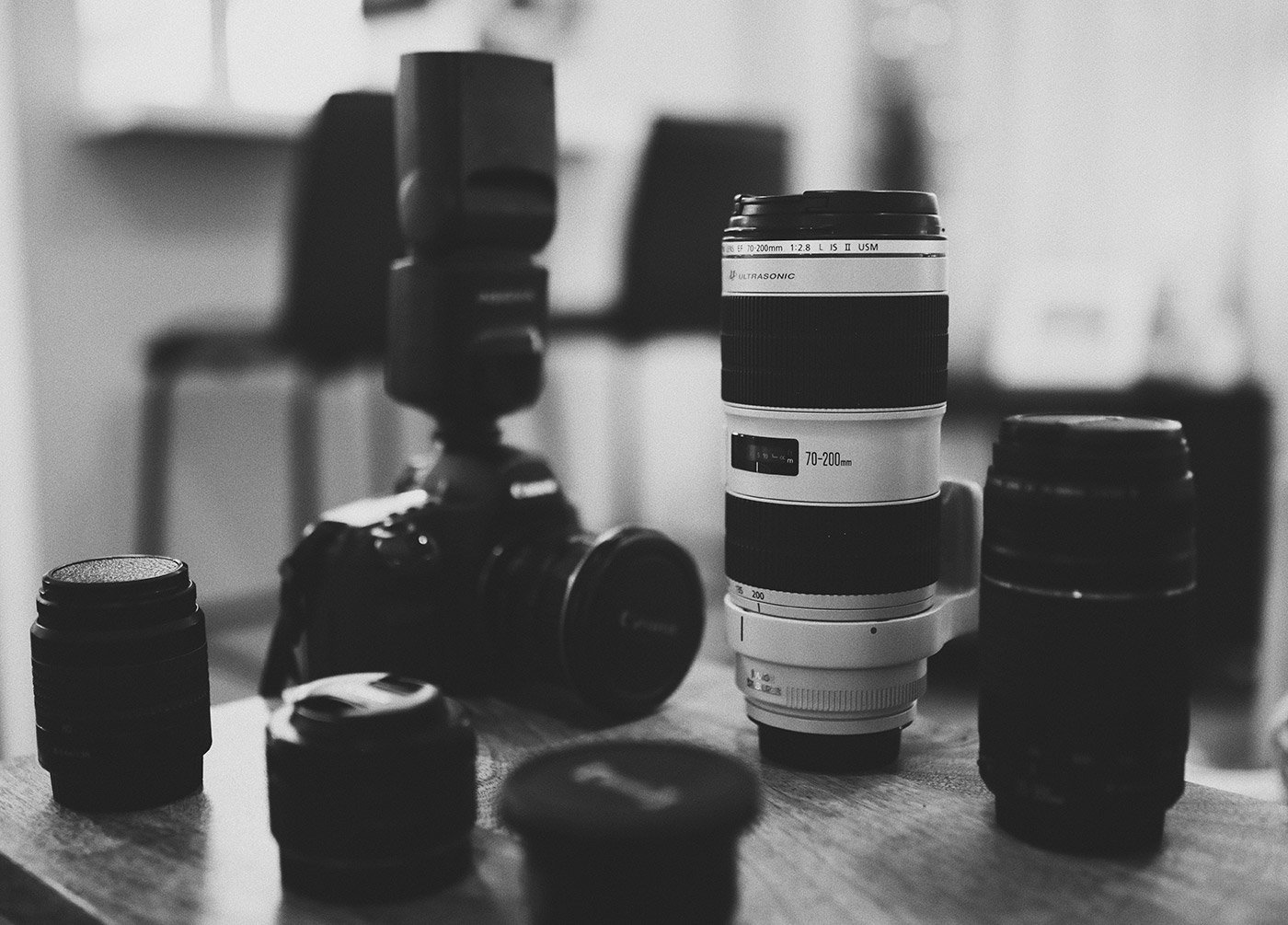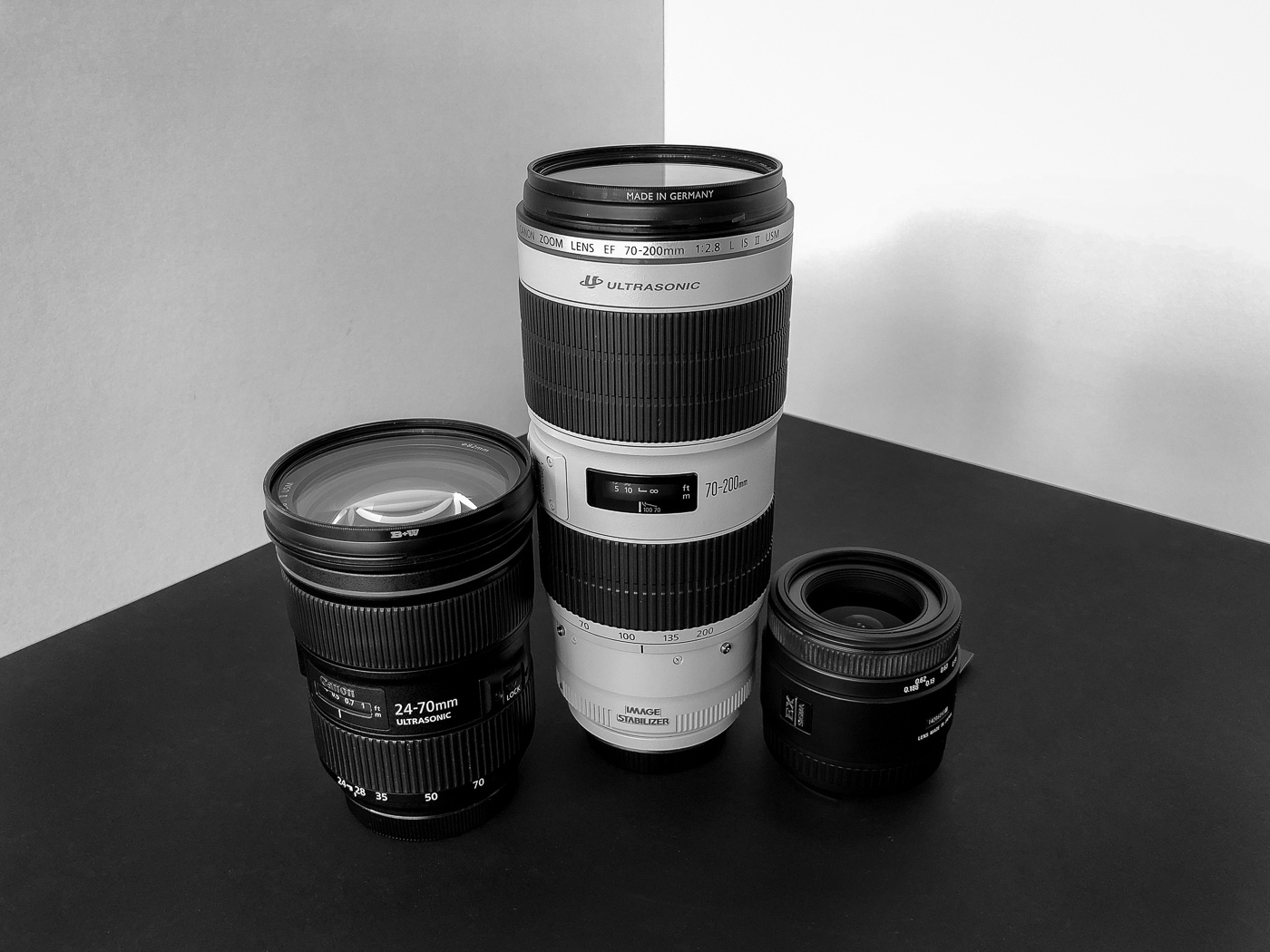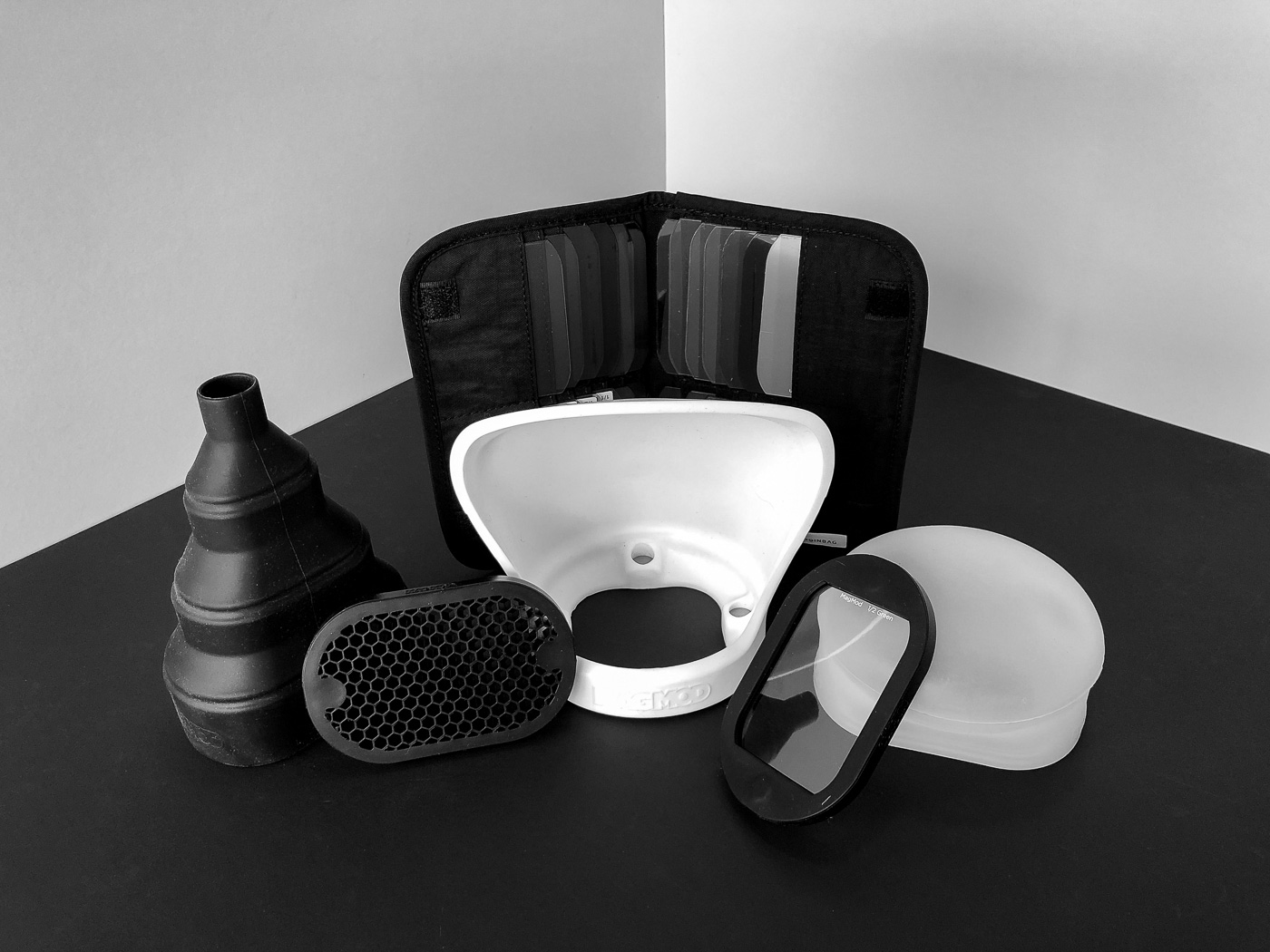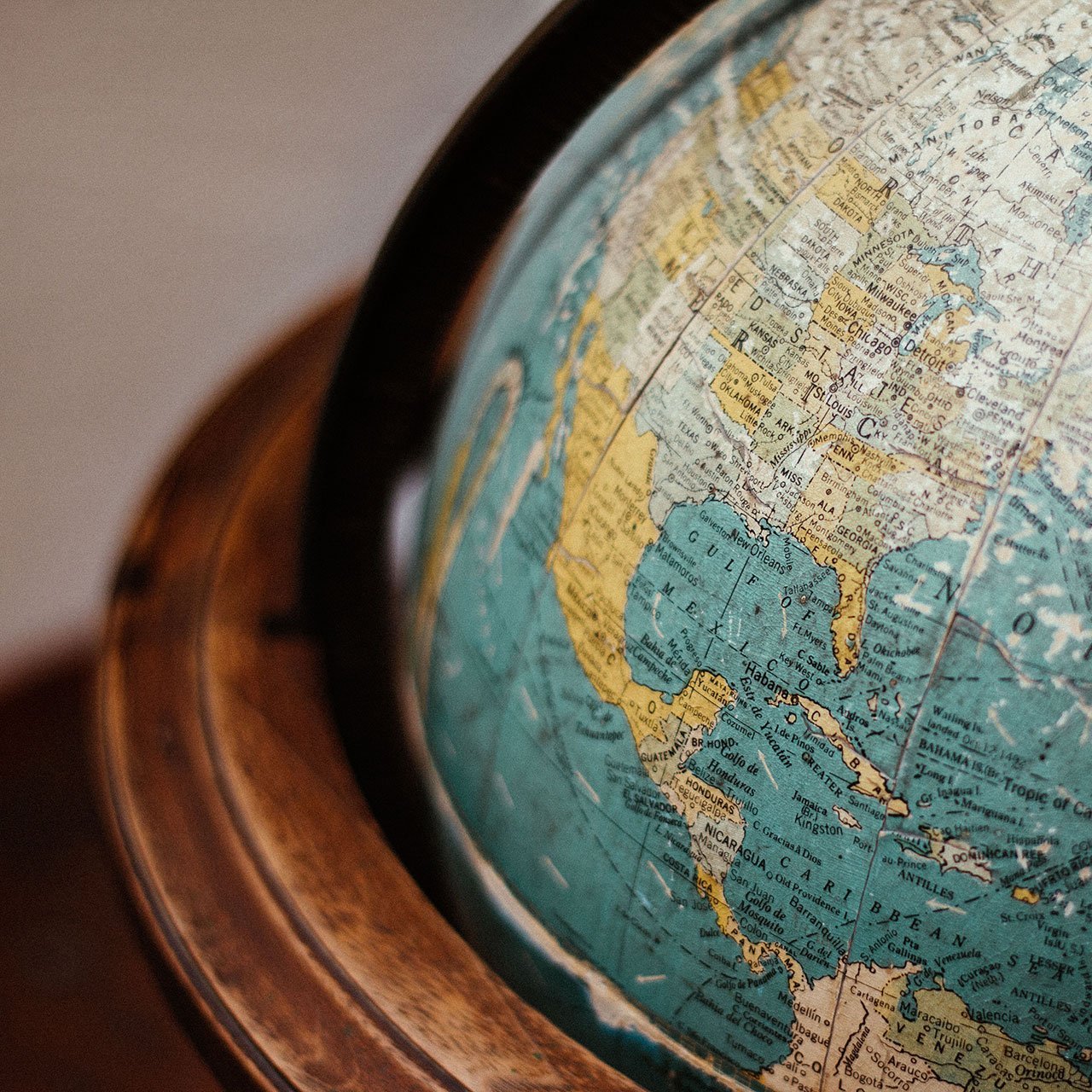© 2026 Flywheel Co.
Photography — 11.28.18
The Right Photography Gear Can Make a Big Impact

It's a common misconception that it takes expensive gear to make exceptional photographs. Sure, it certainly helps to have a brand new camera that performs great in low light or other challenging lighting conditions. But more important than the camera or lens used is an understanding of how light interacts with the objects surrounding your subject. If you want to improve your photography, improve your understanding of light. That being said, if you're curious about the gear I use to accomplish the photographs in our portfolio, read on.
Camera – Canon 5D Mark III
The 5D Mark III is almost 7 years old, but it's still very much relevant to today's camera offerings in terms of image sensor, dynamic range, autofocus performance, metering, ISO performance, build quality, weather sealing, and overall picture quality. There are newer, "better" cameras out there, but I'm far from feeling compelled to upgrade. The 5D Mark III is still very much an industry standard camera, considered to be a work horse, and used by many professional photographers.

The Camera Lenses I Use In Our Studio
I have three primary lenses in my kit, each reserved for specific uses. I shoot with a 24-70mm standard zoom lens, a 70-200mm telephoto zoom lens, and a 50mm macro lens.

Canon 24-70mm f/2.8L II USM
This lens is a staple in Canon's L Series (Luxury) lineup. The L Series is a professional line of SLR lenses. I use this lens for most of the product photography I shoot in our office and on location. On a full frame sensor camera, like the Canon 5D Mark III, the focal length most closely matching how our eyes naturally perceive the world is roughly 50mm. So this lens covers that sweet spot focal length and gives me some flexibility to go wider when needed as well as zoom in. When photographing people on location, and wanting to include some of the surrounding environment for context, this is my go to lens.
Canon 70-200mm f/2.8L IS II USM
Another lens in Canon's L Series, the 70-200 is a fantastic portrait lens. As you move towards the 200mm focal length, you start to compress the facial features, which makes for a more flattering portrait. Not only that, but the background compresses as well and starts to get blurred. This is called bokeh. A long focal length like this is fantastic for removing background distractions, which puts more emphasis and separation on your subject.
Sigma 50mm f/2.8 Macro
A macro lens is an important piece of kit for any food or product photographer. A macro lens allows you to focus on your subject from a very short distance away. This lens has a minimum focusing distance of 5.3", which allows you to get REALLY close to your subject and fill the entire frame with details. For comparison, the closest my 24-70mm allows me to focus is 15" away, over 3 times the distance! When photographing small objects or food detail shots, a macro lens is a must.
The Lighting Gear I Use In Our Studio
I've found that, for the price, Flashpoint/Godox (same exact products, just different vendors) offer the best value. In addition to the strobes themselves, we have a variety of modifiers we use to control the light.

Strobes
I really like the simplicity and cordlessness of Flashpoint's battery-powered strobes. They work great in our studio and can be taken outdoors on location, where electricity is not available. They have a large ecosystem of lights that come in variety of power outputs that are compatible with all of the major camera brands. Better still, you can use multiple lights simultaneously and individually control their output from a remote attached to the top of the camera.
Flashpoint XPLOR 400 Pro
The XPLOR 400 Pro is my go-to strobe. 400 watts is enough power to balance with harsh, afternoon sun. The battery delivers 400 full power shots. This is more than enough, especially considering full power isn't usually needed for the type of work we shoot. Other features that I really like about this strobe is the fast recycle time. If shooting at full power, it only takes 1 second to recycle. At 1/16 power and less, you can basically shoot in continuous mode. It also has a Stable Color Mode, which narrows the color temperature variance to ±75°K. Lastly, it has a 30W LED Modeling Light, which allows you to see how the light falls across your subject and the shadows it creates before you press the shutter button.
Flashpoint eVOLV 200 (x2)
The eVOLV 200 provides 1/2 the output of the XPLOR 400, but it does it in a body much less than 1/2 the size. It's a powerful light for how compact and lightweight it is. I keep two of them around. They can be combined together to increase their output or used separately when an additional light source is needed.
Flashpoint Zoom Li-on R2 Speedlight
The Flashpoint Zoom Li-on is like a typical speedlight in regards to size/weight/output, but it's powered by a rechargeable lithium-ion battery instead of 4 AA batteries. The li-ion battery allows this flash to fire 650 full power shots before losing steam. It's not the most powerful light, but it is extremely portable.
Modifiers
What good is the power of the sun packed into a portable, battery-operated strobe if you can't control the light it emits? This is where modifiers come in. I've got an ever-growing assortment of lighting modifiers:

- Glow ParaPop 38" Round Softbox: This collapsible softbox is highly portable and excellent as a key light for portraits. Its round shape creates pleasing catch lights that bring the eyes to life. I've also used this softbox on food photography shoots.
- Glow EZ Lock 12x56" Softbox (X2): These tall, rectangular softboxes provide very controlled, directional light. They're great for product photography as well as rim lights (also referred to as hair lights) for headshots.
- MagMod Modifiers (MagSphere, MagGrids, MagSnoot, MagGels): I'm a big fan of the MagMod system (pictured above). It's a modular series of modifiers that are held in place by magnets. You simply add a MagGrip to your flash and then you're able to stack and interchange grids (to control light spill), snoots (to narrow the light beam), and gels (to change the color of the light).
- 43" 5-in-1 Reflector: A very versatile tool that allows you to reflect white, silver, or gold light onto your subject. It also has a black option when you want negative fill, to create darker shadows. Lastly, it has a translucent option which can be used as a scrim to soften harsh light, especially outdoors. All of this folds up into a 16" disc that can be taken anywhere.
- Product Tent: This is a great option for small products that need to be isolated on white or black. The exterior is made of a white, translucent material, allowing you to evenly light your subject from the left, right, top, and back.
Backgrounds
We've got a variety of collapsible, portable backgrounds that we use for our shoots:
- Black & White Reversible Backdrop
- Grey Textured Collapsible Backdrop
- Variety of Colored Matte Boards (for small products)
Conclusion
Photography gear is a deep, deep rabbit hole, and one that sparks some pretty heated debates on the Internet. Just like everything else, people have their preferences. Over the years, this is what I've found works for me. I definitely have GAS (Gear Acquisition Syndrome), but I'm trying to reign it in and shoot with what I've got instead of always chasing the next lens or piece of gear.

